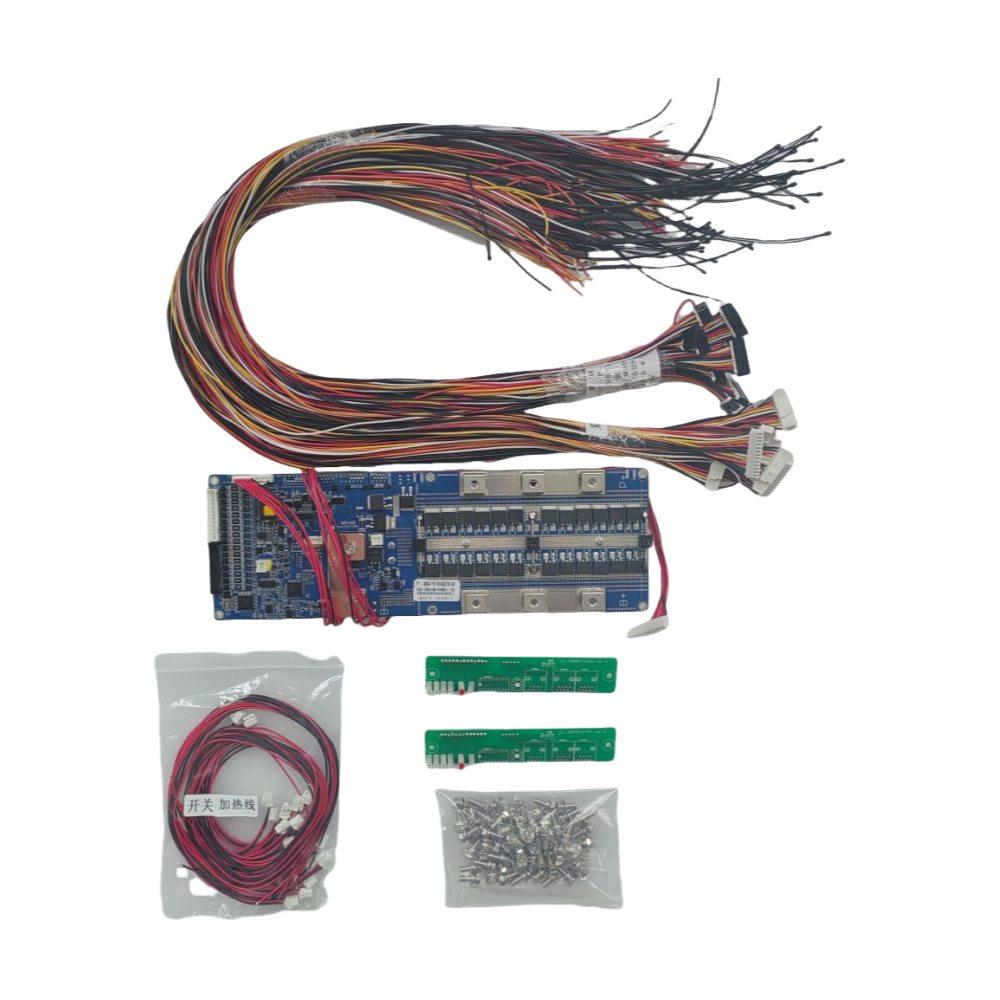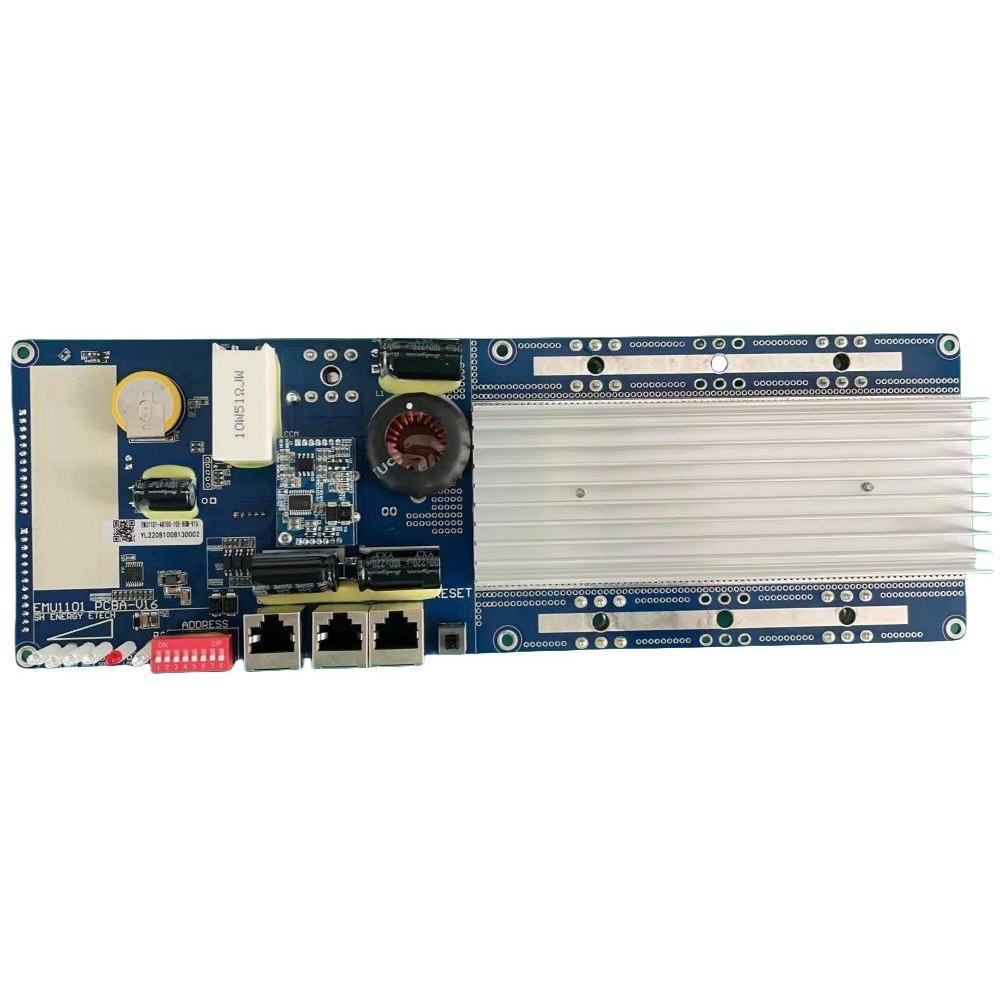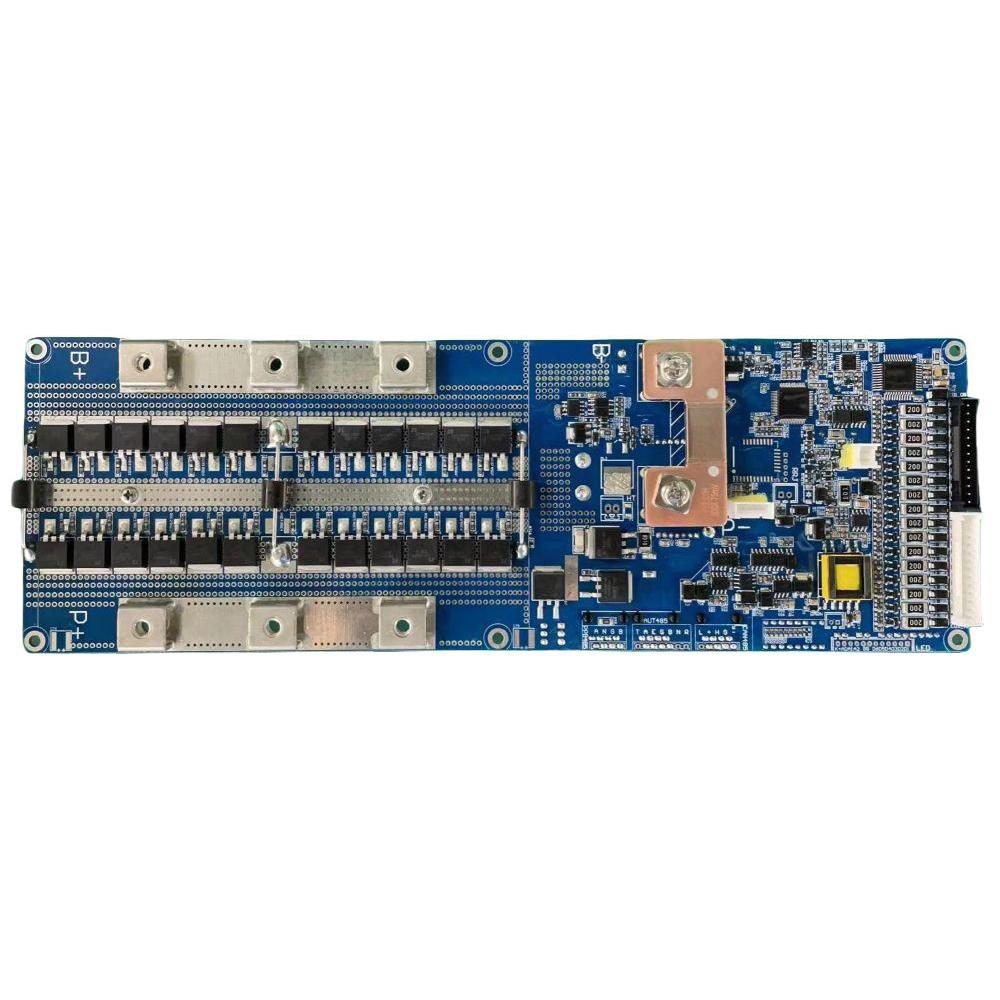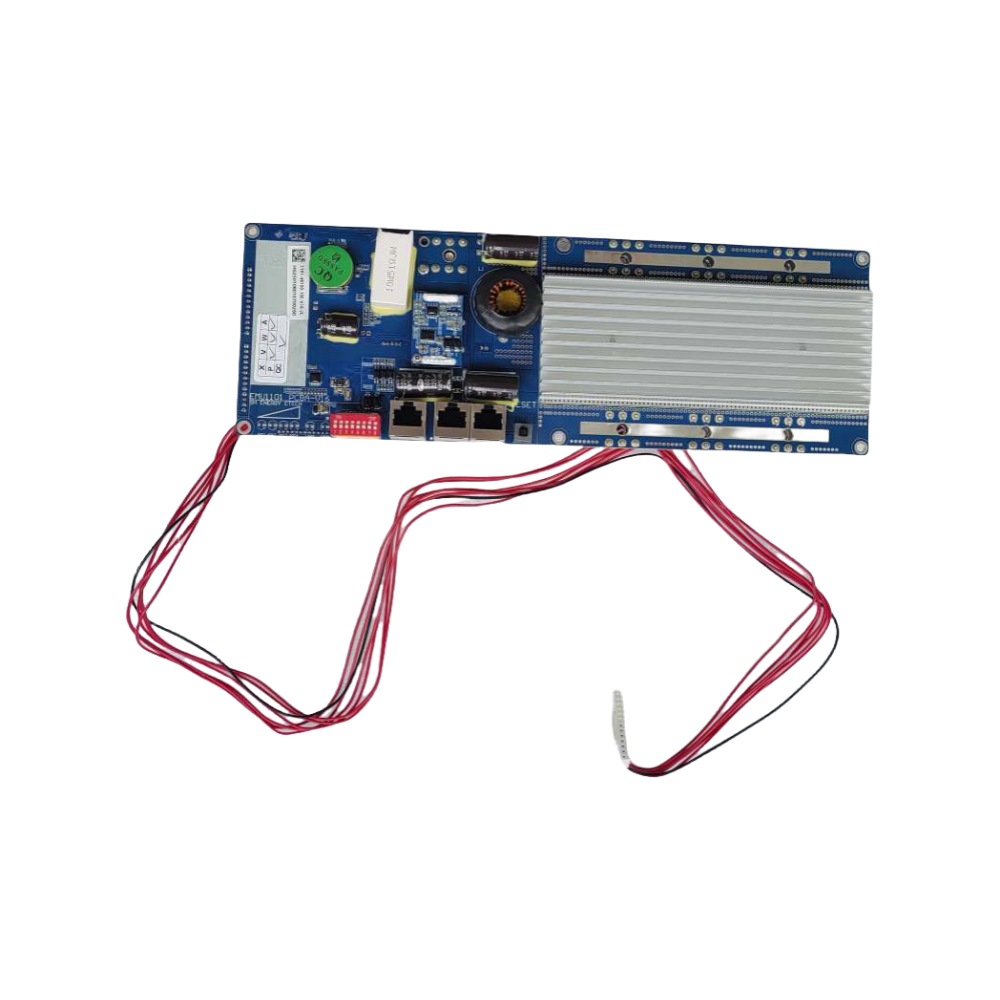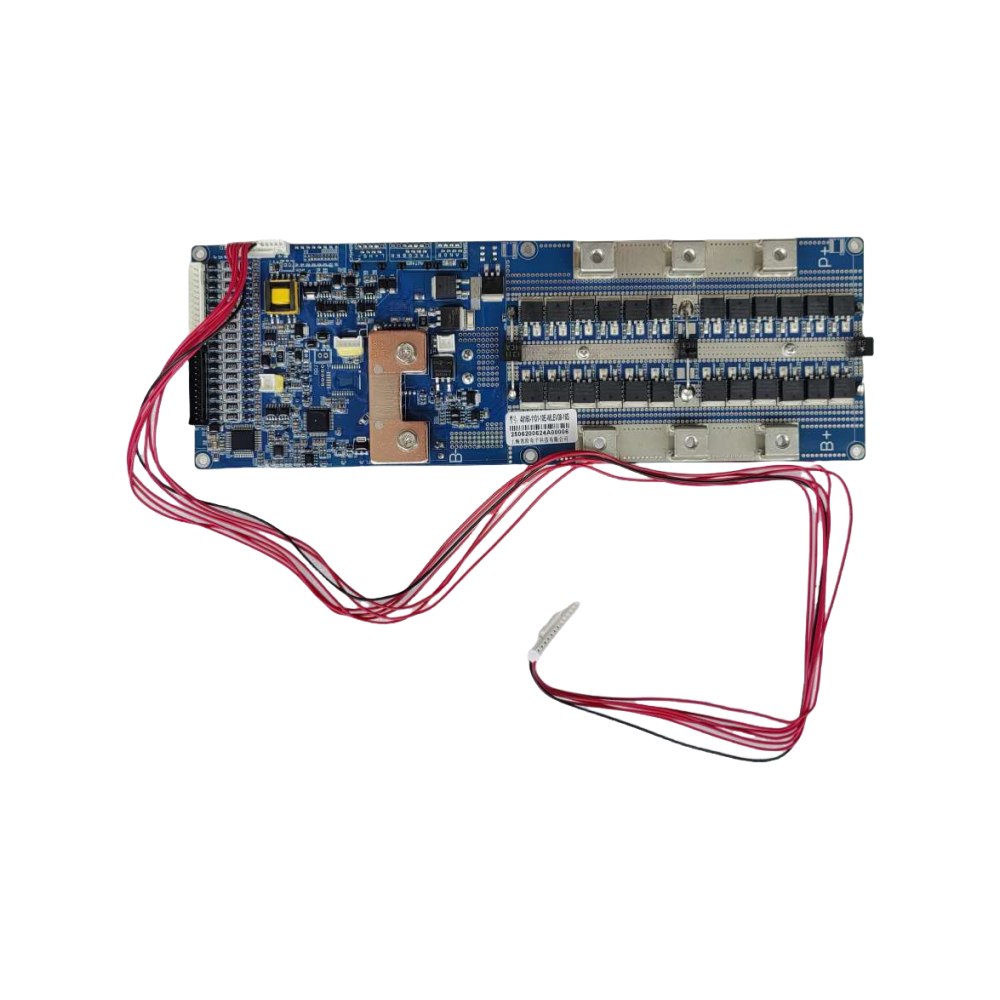8-16S BMS 48V 150A Battery Management System for Lithium Ion Batteries
8-16S BMS 48V 150A LiFepo4 Battery Management System for Lithium Ion Batteries
- Category: Battery Management System
- Tag:
This high-performance Battery Management System (BMS) offers comprehensive protection and monitoring for 8-16 series lithium-ion battery packs. It features full compatibility between 15-cell and 16-cell configurations.
· Seamless Configuration: Simply connect the cell sampling wires for both 15S and 16S packs. Configure the total number of series cells and over/under-voltage protection parameters via the host computer software.
· Robust Protection: Provides protection (with recovery) for:
1. Cell Over-Voltage (OV) / Under-Voltage (UV)
2. Pack Over-Voltage (OV) / Under-Voltage (UV)
3. Charging / Discharging Over-Current (OC)
4. High Temperature / Low Temperature
5. Short Circuit
· Safety Compliance: Meets functional safety requirements of IEC 62619 / UL 1973 standards.
· Advanced Monitoring:
1. Precise State-of-Charge (SOC) estimation during charge/discharge cycles.
2. State-of-Health (SOH) statistics.
· Cell Balancing: Active voltage balancing during charging and in static states.
· Communication & Control: Interfaces with the host system via RS485 communication. Parameters are configured and data is monitored through the intuitive host computer software interface.
Funtions
· Cell and Battery Voltage Detection
· Cell, Ambient, and Power Component Temperature Detection
· Battery Charge/Discharge Current Detection
· Short Circuit Protection Function
· Battery Capacity and Cycle Count
· Intelligent Cell Balancing (or Active Cell Balancing)
· Host Computer / Host PC Software Updates / Firmware Upgrades
Specifications
| Item | Min | Max | Type | Unit |
Normal Working Voltage | 40 | 59 | 48 | V |
Normal Charging Voltage | / | 60 | 54 | V |
Working Temperature Range | -20 | 70 | 25 | °C |
Storage Environment Temperature | -40 | 85 | 25 | °C |
Operating Environment Humidity | 10 | 85 | / | % |
Continuous Charging Current | / | 160 | 150 | A |
Continuous Discharging Current | / | 160 | 150 | A |
Discharging Output Internal Resistance | ---- | <2 | ---- | mΩ |
Normal Operating Power Consumption | ---- | <40 | ---- | mA |
Sleep Power Consumption | ---- | 50 | 0 | uA |
Details

Dimension




Reference Diagram and Connection Instructions
Accessories List

Serial Number | Accessory Name | Quantity | Configuration |
1 | Voltage Acquisition Wire | 1 | Optional |
2 | Conventional Switch Wire | 1 | Optional |
3 | Conventional Adapter Board Wire | 1 | Optional |
4 | Conventional Heating Wire | 1 | Optional |
5 | M5*12 Screws | 4 | Optional |
6 | LCD Screen | 1 | Optional |
7 | Conventional Adapter Board | 1 | Optional |
Precautions
· The Battery Management System (BMS) must not be used in series.
· The voltage tolerance of BMS power components is 100V.
· If the cell module is assembled with long wires and long copper bars, communication with the BMS manufacturer is necessary to implement impedance compensation. Otherwise, it will affect cell consistency.
· Connecting other devices to the external switch on the BMS is prohibited. If needed, confirm with the technical team; otherwise, no responsibility will be taken for BMS damage.
· During assembly, the protection board should not directly contact the cell surface to avoid damaging the cells. The assembly must be firm and reliable.
· When in use, ensure that lead heads, soldering irons, solder, etc., do not touch the components on the circuit board, as this may damage the circuit board.
· During use, take precautions against static electricity, moisture, and water.
· During use, follow the design parameters and operating conditions and do not exceed the values specified, otherwise, the protection board may be damaged.
· After assembling the battery pack and the protection board, if there is no voltage output or the battery cannot be charged when powered on for the first time, check if the wiring is correct.
